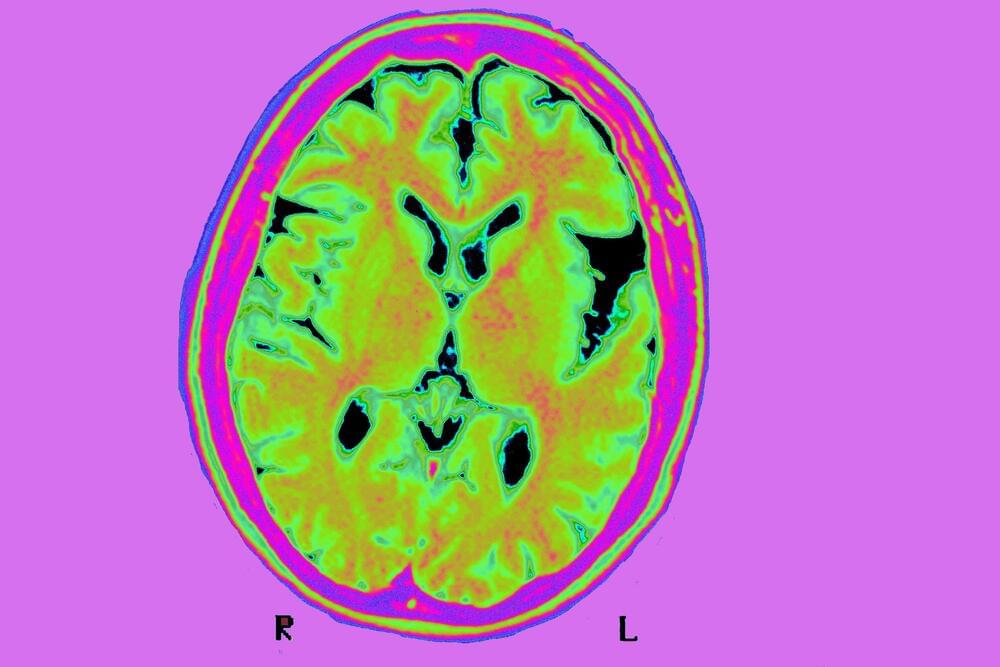John Yang:
Artificial intelligence is finding its place in all sorts of scientific fields, and perhaps none holds more life savings promise than healthcare programs are learning to answer patient’s medical questions and diagnose illnesses. But there’s still some problems to be worked out. Earlier, I spoke with Dr. Isaac Kohane, the editor-in-chief of the New England Journal of Medicine AI, and the chair of Harvard’s Department of Biomedical Informatics. I asked him about AI’s potential in medicine.
Dr. Isaac Kohane, Editor-in-Chief, New England Journal of Medicine AI: Doctors can definitely use AI as an augmentation, so they’ll remember or be reminded of all the things that they should know about their patient, their specific patient, and all other similar patients like them.








